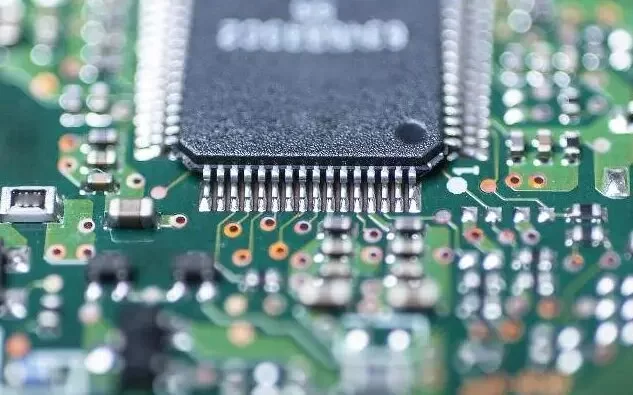PCB silver plating plays a crucial role in the design and production of printed circuit boards (PCBs). Silver plating is a common surface treatment process that can significantly enhance the conductivity, solderability, and oxidation resistance of PCBs. This article will delve into the characteristics, advantages, applications, and importance of silver plating in modern electronic products.
PCB silver platinghas several notable characteristics:
1. High Conductivity: Silver is an excellent conductive material with low resistivity, second only to copper and gold. This gives silver-plated PCBs an advantage in high-frequency and high-speed signal transmission.
2. Excellent Solderability: The smooth surface of the silver plating layer helps improve soldering quality and reduce soldering defects.
3. Good Oxidation Resistance: The silver plating layer effectively prevents copper oxidation, extending the PCB's lifespan.
4. Cost-Effectiveness: Compared to gold plating, silver plating is less expensive while still offering excellent performance.

PCB silver plating
The process of silver plating involves several steps:
1. Surface Preparation: Clean and treat the PCB to ensure the surface is free of dirt and oxidation.
2. Pre-Electroplating Treatment: Activate the PCB surface with a chemical solution to improve the adhesion of the plating layer.
3. Electroplating: In the electroplating tank, silver ions are deposited onto the PCB surface through electrochemical reactions, forming a uniform silver plating layer.
4. Post-Treatment: Clean and dry the plated PCB to ensure the surface is smooth and free of residues.
PCB silver plating is widely used in the following fields:
1. Communication Equipment: The need for high-frequency and high-speed signal transmission makes silver plating the preferred surface treatment process for communication equipment PCBs.
2. Medical Devices: Silver's antibacterial properties and excellent electrical performance make it widely used in medical electronic devices.
3. Consumer Electronics: High performance and long lifespan demands in smartphones, tablets, etc., drive the application of silver-plated PCBs.
4. Automotive Electronics: Silver plating enhances PCB durability and reliability, meeting the stringent environmental requirements of automotive electronics.
silver plating offers several advantages over other surface treatment processes:
1. Higher Conductivity: Silver's conductivity is second only to copper and gold, providing lower resistance and faster signal transmission speeds.
2. Better Soldering Performance: The smooth surface of the silver plating layer helps improve soldering quality and reliability.
3. Better Oxidation Resistance: The silver plating layer effectively prevents copper oxidation, extending the PCB's lifespan.
4. Cost-Effectiveness: Compared to gold plating, silver plating is less expensive while still offering excellent performance.
PCB silver plating also presents some challenges:
1. Silver Ion Migration: In high humidity and high-temperature environments, silver ions may migrate, leading to short circuits and failures.
2. Cost Control: Although silver plating is less expensive than gold plating, it is still more costly than other common surface treatment processes, such as tin plating.
3. Process Complexity: The silver plating process is relatively complex, requiring strict control of process parameters to ensure stable plating layer quality.
With the increasing demand for high-performance and high-reliability electronic products, silver plating will see broader application and development in the future. Future trends include:Application of New Materials: Introducing nano-silver materials to further enhance plating layer performance and reduce costs.Process Improvement: Developing more efficient and environmentally friendly plating processes to reduce environmental pollution and production costs.Smart Manufacturing: Using automation and intelligent production technologies to improve production efficiency and plating layer quality stability.
PCB silver plating plays a critical role in enhancing PCB performance and reliability. By continually improving processes and introducing new materials, silver plating will continue to play a key role in electronic products. Engineers and technicians should fully understand the characteristics and applications of silver plating to select the most suitable surface treatment process during design and production, improving product quality and competitiveness.